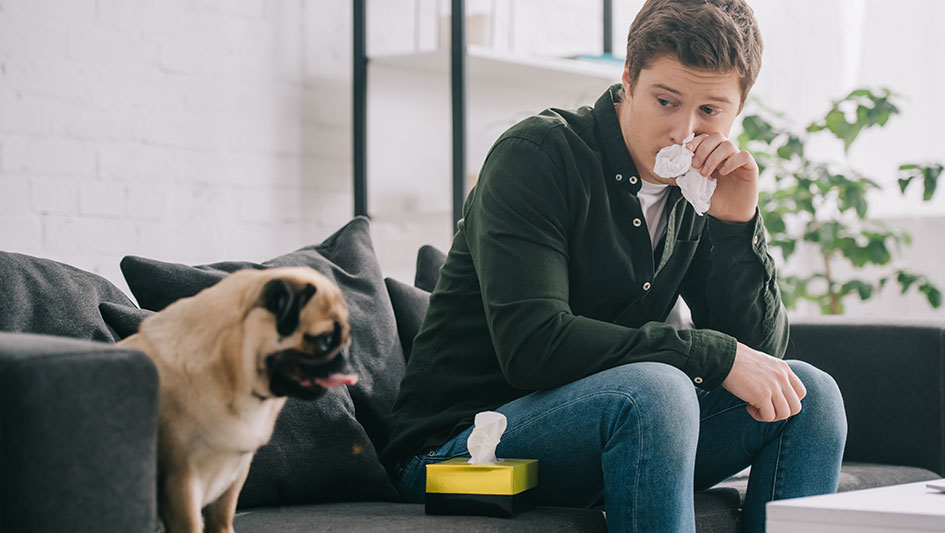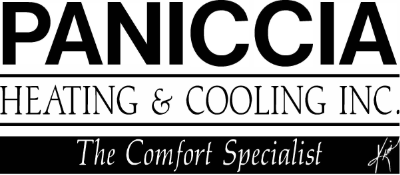
If you live in a newly built residence in Michigan City, it was likely made with energy efficiency at the top of the list. This means increased insulation and windows and doors with improved seals. While these advances are excellent for keeping your heating and cooling costs reasonable, they’re not so excellent for your indoor air quality.
Your heating and cooling system needs to operate with a filter. But if you have a flat filter, you won’t be getting enough filtration. This type only provides the smallest amount of protection by blocking dust from infiltrating your home comfort system.
While you can install a pleated filter or one with a higher MERV rating, it still might not be adequate filtration, even more so if someone in your house has allergies or other respiratory problems.
That’s where a whole-house air purifier can be a good option. These systems are attached within ductwork to provide strong filtration around your residence. Depending on the model you choose, you’ll be able to remove allergens, odors and even some viruses under certain airflow conditions.
Here are our best systems from Lennox, an industry leader in air purification.
Best Air Purifiers from Lennox
1. HEPA Air Purifiers
A HEPA air purifier, like the Healthy Climate® High-Efficiency Particulate Air Filtration System, delivers top-of-the-line filtration. These filters were first developed to defend scientists as they developed the atomic bomb. Today, they’re necessary in hospitals and other medical operations.
The Healthy Climate HEPA Filtration System has a three-step filtration method. A prefilter draws significant particles before the HEPA filter captures the rest of smaller particles. Then, a charcoal filter takes care of odors and chemical vapors.
The PureAir™ S Air Purification System is compatible with all HVAC brands and seamlessly integrates with your smart home. It combats the three key varieties of indoor air contaminants:
- Airborne particles
- Chemical odors and vapors
- Germs and bacteria, under certain airflow conditions
This air purifier can get rid of 99.9%* of pollutants, like mold spores, pollen, dust and pet dander. It’s also capable of decreasing or eliminating 90%1 of flu and cold viruses under certain airflow conditions. And, as the result of laboratory and field studies, it reduces and eliminates approximately 50% of household odors and chemical vapors within 24 hours.
The PureAir S is equipped with sensing features that make it simple to keep up. When linked with an iComfort® S30 smart thermostat, you’ll get a notification to install a new filter and UVA light.2 This home air purifier must be used with communicating Lennox systems and the iComfort S30.
2. Media Air Cleaners
Lennox Healthy Climate® Media Air Cleaners are available in a variety of MERV ratings to work with your needs. This rating calculates how capable filters are at removing contaminants. The greater the number, the better the filtration.
The Healthy Climate Carbon Clean 16® Media Air Cleaner is recommended for households with allergy suffers and pets. This is a HEPA filter air purifier, since it has a MERV 16 rating for hospital-level filtration. And it eliminates more than 95%3 of aggravating particles from your home’s air.
The Healthy Climate 13 Media Air Cleaner is suggested for families who are looking for enhanced protection from viruses and bacteria. This filter captures 99% of larger particles such as dust, pollen and lint. And up to 54% of smaller particles down to 0.3 microns.4
The Healthy Climate 11 Media Air Cleaner is a a fantastic air purifier for allergies and in residences with pets. It removes more than 87% of bigger particles down to 3 microns and more than 28% of finer ones down to 0.3 microns.4 It’s able to offer this effective filtration without increasing the price of using your home comfort system.
These three media air cleaners can be used with any brand of HVAC system. But despite that, it’s critical to realize that some of the denser ones, including MERV 16 and 13, may restrict your system’s airflow. This can hike up your heating and cooling bills.
3. UV Air Purifiers
The sun’s UV rays are the reason why you get a stinging sunburn. But this kind of light has a beneficial application when installed inside your ductwork. It’s also powerful enough to reduce germs, mold and fungi under certain airflow conditions.
In actuality, the Healthy Climate UV Germicidal Light can lower the number of airborne microorganisms by 50% in as little as 45 minutes.5 This light destroys cell structure, which prohibits these microorganisms from growing and spreading across your home.
And this UV air purifier can also help keep your heating and cooling system clean and running properly. It wipes out of germs, mold and fungi lurking inside ductwork and your system itself. This UV light air purifier accomplishes all this work without creating lung-irritating ozone.6
Breathe Easier with the Assistance of Our Air Purification Professionals
Your household’s comfort and health is important to us at Paniccia Heating & Cooling. We are aware there are lots of solutions out there. That’s why we make it uncomplicated to work with our indoor air quality pros. We specialize in making solutions that fit your needs and budget, and we’d love to hear more about your residence and your air quality issues. Give us a call at 219-872-2198 right away to start the process.
1Based on laboratory and field studies.
2PureAir™ S requires the iComfort® S30 and a communicating indoor unit.
3Leading consumer magazine, January 2012. Based on the published CADR, which is the standardized measurement system to determine the cubic feet of clean air produced per minute. Particles captured range in size down to 0.3 micron. One micron = 1/25,000 of an inch in diameter.
4Based on lab tests conducted on filters with conditions included in ASHRAE standard 52.2 for E1 and E3 size ranges.
5Based on constant circulation of air in the home, 3,000-square-foot home with a 5-ton air handler.
6U.S. Environmental Protection Agency, “Ozone Generators that are Sold as Air Cleaners: An Assessment of Effective and Health Consequences,” August 2006.
